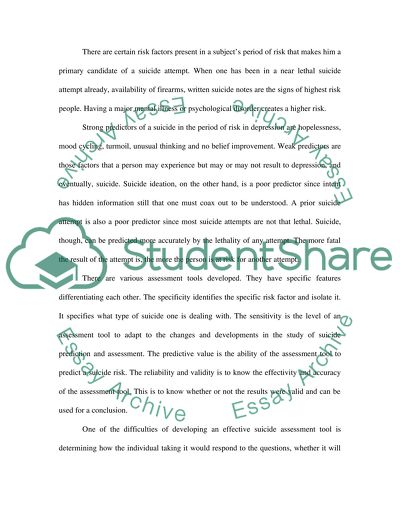Cite this document
(Suicide Assessment Essay Example | Topics and Well Written Essays - 1500 words, n.d.)
Suicide Assessment Essay Example | Topics and Well Written Essays - 1500 words. https://studentshare.org/health-sciences-medicine/1554858-suicide-assessment
Suicide Assessment Essay Example | Topics and Well Written Essays - 1500 words. https://studentshare.org/health-sciences-medicine/1554858-suicide-assessment
(Suicide Assessment Essay Example | Topics and Well Written Essays - 1500 Words)
Suicide Assessment Essay Example | Topics and Well Written Essays - 1500 Words. https://studentshare.org/health-sciences-medicine/1554858-suicide-assessment.
Suicide Assessment Essay Example | Topics and Well Written Essays - 1500 Words. https://studentshare.org/health-sciences-medicine/1554858-suicide-assessment.
“Suicide Assessment Essay Example | Topics and Well Written Essays - 1500 Words”. https://studentshare.org/health-sciences-medicine/1554858-suicide-assessment.


